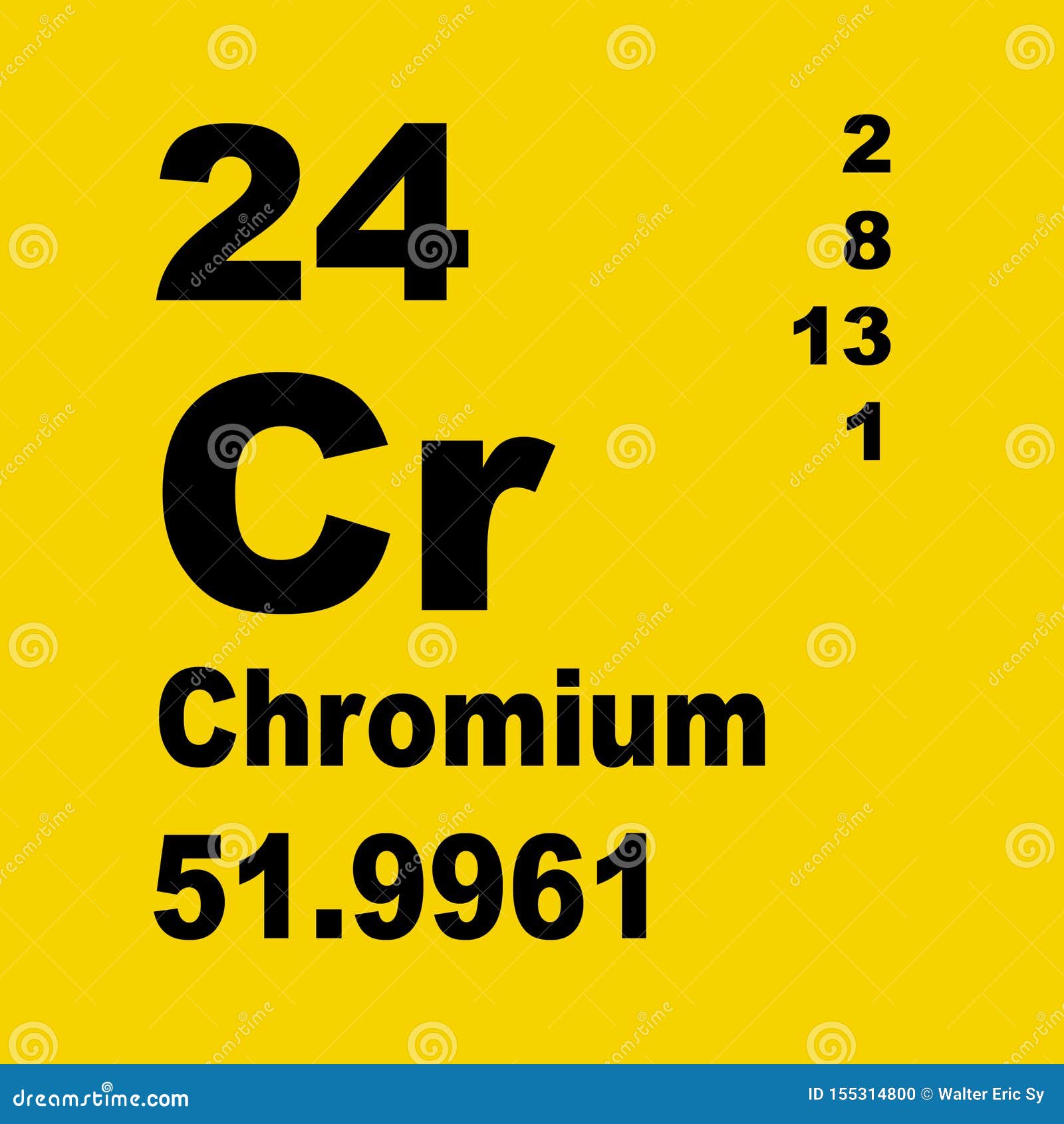
Let us write down the electronic configuration (e.c.) of chromium in its ground state. After this you can identify the group and period using the principal quantum number and the orbital in which the last electron takes place. The alkali metals have the largest atomic radii and the lowest first ionization energy in their periods.Hint: An attempt to solve this question can be by writing down the electronic configuration of the element. The properties of the alkali metals are similar to each other as expected for elements in the same family. The name alkali metal is in reference to the fact that these metals and their oxides react with water to form very basic (alkaline) solutions. Although hydrogen is in group 1 (and also in group 17), it is a nonmetal and deserves separate consideration later in this chapter. The alkali metals lithium, sodium, potassium, rubidium, cesium, and francium constitute group 1 of the periodic table. Although beryllium, cadmium, mercury, and lead are readily available, there are limitations in their use because of their toxicity. It burns when heated to form green chromium oxide Cr 2 O 3. The metal forms a thin protective oxide coating in air. Common chemical compounds are also provided for many elements. Comprehensive data on the chemical element Chromium is provided on this page including scores of properties, element names in many languages, most known nuclides of Chromium. It is also odorless, tasteless, and malleable. Periodic Table of Elements Element Chromium - Cr. Elemental magnesium, aluminum, zinc, and tin are important in the fabrication of many familiar items, including wire, cookware, foil, and many household and personal objects. Characteristics: Chromium is a silver, lustrous, very hard metal that can take a high mirror polish. The coating is a nonreactive film of oxide or some other compound. The formation of this protective coating is passivation. Part of the reason why these elements react slowly is that these elements react with air to form a protective coating. However, it is possible to isolate elemental beryllium, magnesium, zinc, cadmium, mercury, aluminum, tin, and lead from their naturally occurring minerals and use them because they react very slowly with air. Most of the representative metals do not occur naturally in an uncombined state because they readily react with water and oxygen in the air. A salt is an ionic compound consisting of cations and anions.Ī salt is an ionic compound consisting of cations and anions. In general, the combination of a metal and a nonmetal produces a salt. Find physical data, electron configuration, chemical properties, aggregation states.

Unlike metals, which typically form cations and ionic compounds (containing ionic bonds), nonmetals tend to form anions or molecular compounds. Get the facts about element Chromium (Cr) 24 from the periodic table. The remaining representative elements are nonmetals. A metalloid is an element that has properties that are between those of metals and nonmetals these elements are typically semiconductors. He organized the elements by atomic number, which is. In addition to the representative metals, some of the representative elements are metalloids. The periodic table of the elements was first introduced in the mid-19th century by Dmitry Mendeleev. Nonmetals are shown in green, metalloids in purple, and the transition metals and inner transition metals in blue. Many chemistry aspects, rules, names of compounds, sequences of elements, their reactivity, etc., can be easily and efficiently memorized with the help of mnemonics. \): The location of the representative metals is shown in the periodic table. A mnemonic is a memory aid used to improve long-term memory and make the process of consolidation easier.


 0 kommentar(er)
0 kommentar(er)
